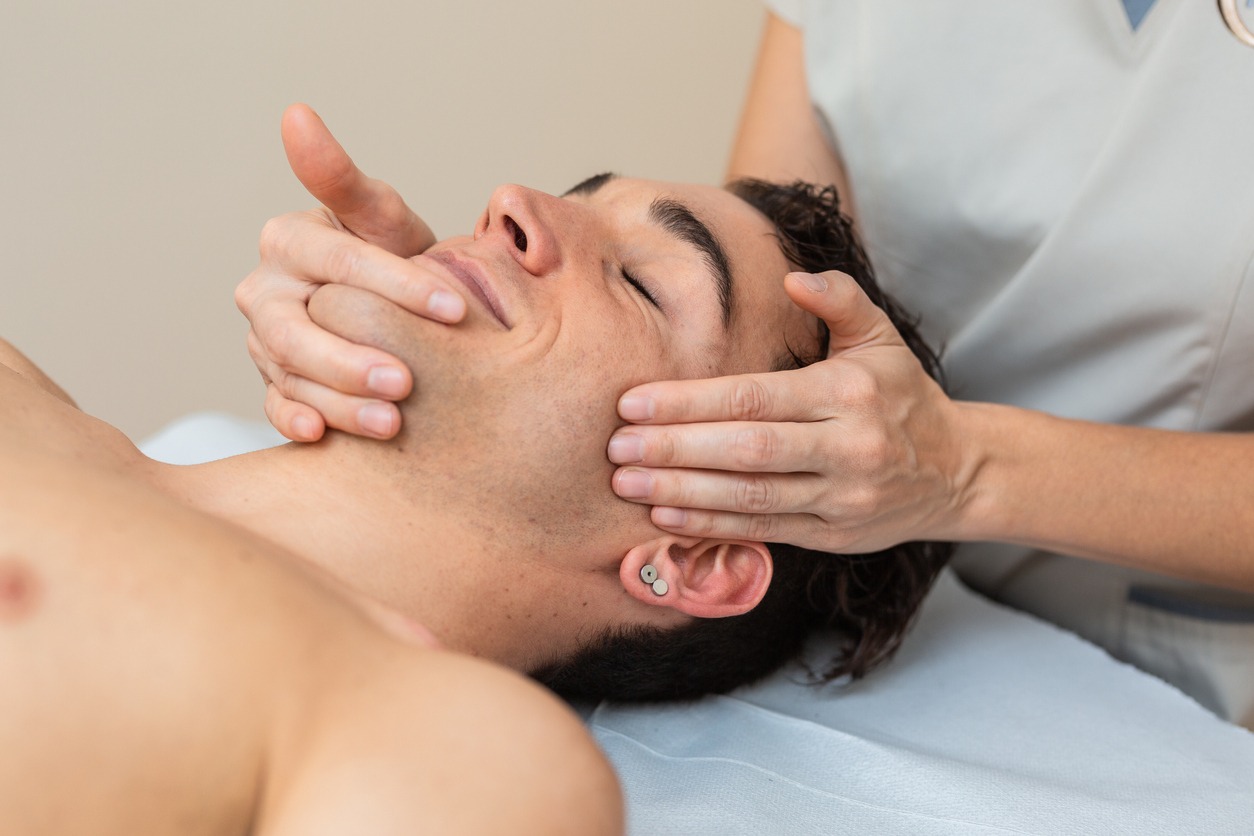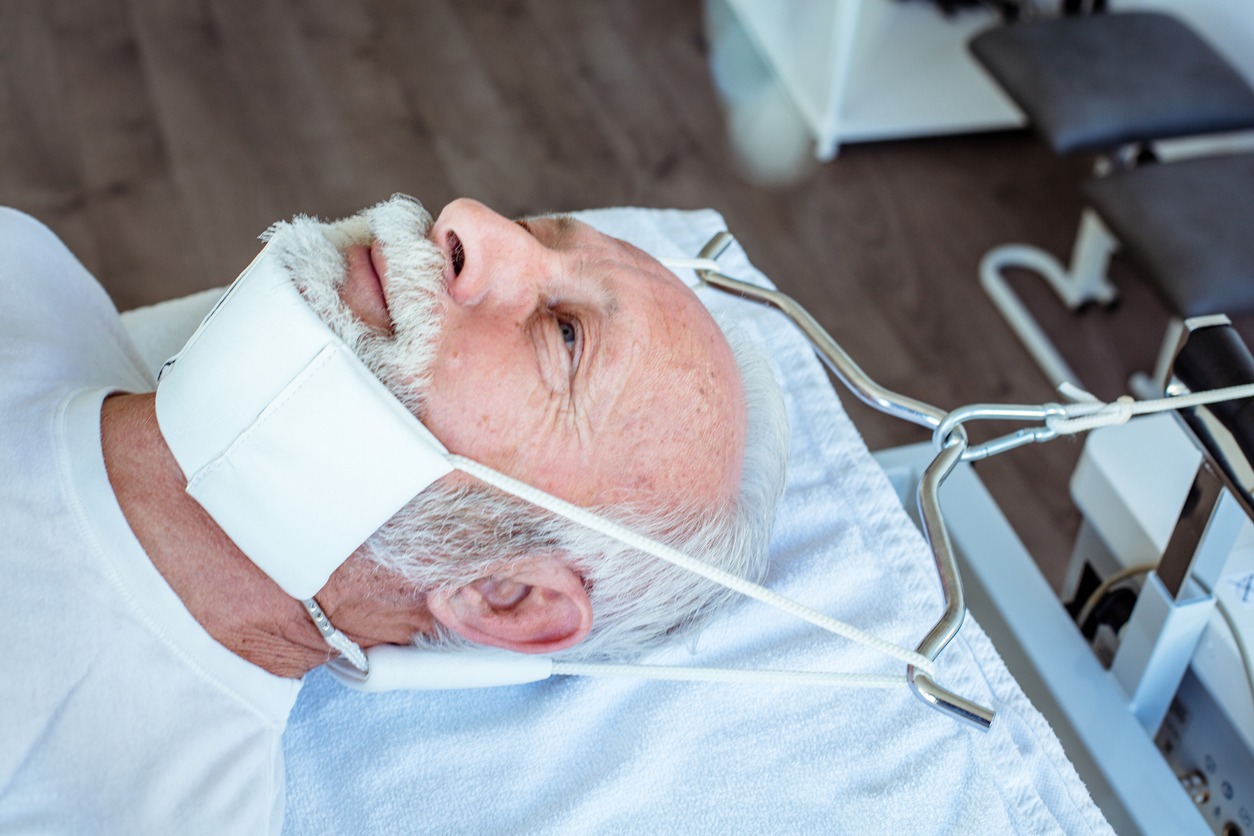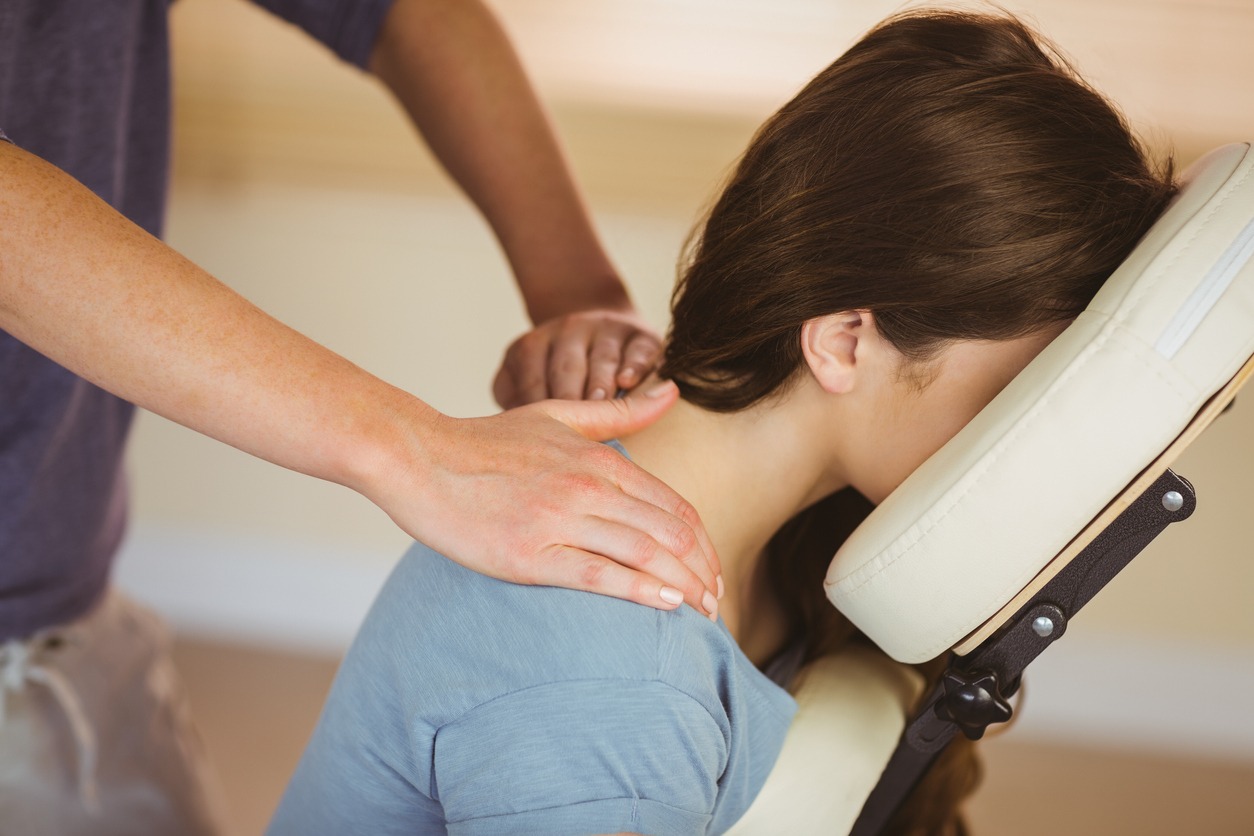Neck pain is common for a lot of people, especially for those that stand or sit with bad posture. By not sitting or standing properly, your neck would often have to carry all of the weight of your head, which can then cause a lot of pain in the neck, particularly on its back. However, neck pain can also happen when you move your head a lot while working or exercising.
Providing relief for the neck can be done by just simply lying on a bed or sofa with a pillow on your head. However, there will be situations where we can’t simply lie down to get neck pain relief. In those situations, you would need a cervical traction device, which sits comfortably on the back and sides of your neck while you are standing or sitting. To know more about this device, here is a guide to cervical traction for neck pain.
What is Cervical Traction?
Cervical traction is a type of treatment that helps alleviate neck pain, which can be caused by overuse, bad posture, and different underlying conditions. Cervical traction is done by slightly pulling your head upwards, and this action can then create a space between the bones in your cervical vertebrae, a part of your spine that is located in the back of the neck. By creating spaces for the bones of the neck, you will be able to reduce the pressure and tension that is causing the neck pain.
There are procedures for cervical traction that are done by healthcare professionals, but there are also some that can be done by you at home. When you need cervical traction for your neck at home, you would need a cervical traction device, which automatically creates space between the bones of the cervical vertebrae by simply putting it on the back of your neck. There are cervical traction devices that require you to lie down on a bed or sofa, but there are also some that you can use while standing or sitting.
What are the Types of Cervical Traction?
Cervical traction has two different types, and these are manual cervical traction and mechanical cervical traction. Below are the things you need to know about these two types of cervical traction:
- Manual Cervical Traction – this type of cervical traction is done when a healthcare professional manually opens the space between the bones of the cervical spine. This is done by the professional by holding your head in his or her hand and then pulling it slightly away from your body. [1] The healthcare professional will hold this position for a few minutes before letting your head go.
- Mechanical Cervical Traction – this is done with the help of a cervical traction device that pulls your head gently away from your body once it is activated. There are bigger cervical traction devices that healthcare professionals can operate, while there are also devices that are smaller and can be used at home.
What are the Benefits of Cervical Traction?
Cervical traction is considered to be one of the most effective treatments for neck pain. This type of treatment does not only reduce neck pain, but it can also treat underlying issues with your neck that cause chronic pain. Here are the benefits of cervical traction and the issues that it can treat.
Can Reduce Tension and Pressure on the Muscles of the Neck
Cervical traction devices and procedures are effective in reducing the tension and pressure on the muscles of the neck. By widening the space between the bones of the cervical spine, your muscles will have a bigger space to relax, which can then reduce the tension and pressure put on them due to being overused or having bad posture.
In addition to cervical traction devices, you may also try using neck massagers to relieve tension and pressure on the muscles. You can check out our Guide to Choosing the Right Neck Massager for more information.
Can Help the Neck Muscles to Be More Flexible
Because cervical traction reduces the pressure and tension on the neck, it is also beneficial in making the neck muscles more flexible and less stiff. When you are experiencing neck stiffness, it is because the muscles of your neck are strained, so using a cervical traction device can help reduce that stiffness and increase the flexibility of the muscles. Cervical traction can reduce the chances of getting a stiff neck, especially if you get cervical traction at least once or twice a week.
Can Be Used to Treat Herniated or Bulging Spinal Discs
If you are currently suffering from bulging or herniated spinal discs on the neck that can cause a lot of pain, you can use cervical traction treatment to treat those spinal disks. Of course, herniated spinal discs would often require surgery in order for them to fully heal, but you can utilize cervical traction to at least reduce the pain that you are feeling in your neck.
Can Help Treat Short-Term and Long-Term Issues in the Neck
Besides herniated disks, cervical traction treatment can also help in treating short-term issues in the neck. Some of the short-term issues that can be treated with cervical traction include neck sprains and pinched nerves on the spine.
Cervical traction can also be used to treat long-term neck problems like spinal stenosis (the space inside the backbone is too narrow, causing pinched nerves) and cervical spondylosis (age-related wear and tear of the neck spine). Much like herniated disks, you will need to get surgery for some of these short-term and long-term issues, but cervical traction can help make the pain you feel more bearable before getting surgery.
If you are experiencing chronic neck pain, then you will find cervical traction to be an effective form of treatment that can get rid of the pain while also allowing your neck to feel more relaxed and less stiff. Go to a healthcare professional that is capable of performing cervical traction and see if this treatment is truly effective.
If you are also suffering from shoulder pain aside from neck pain, such as bursitis of the shoulder, you may also read our article on Treatment for Bursitis of the Shoulder for more tips and recommendations.
References
[1] Cleveland Clinic. (2022, May 19). Cervical Traction. Cleveland Clinic. Retrieved February 23, 2023, from https://my.clevelandclinic.org/health/treatments/23093-cervical-traction





